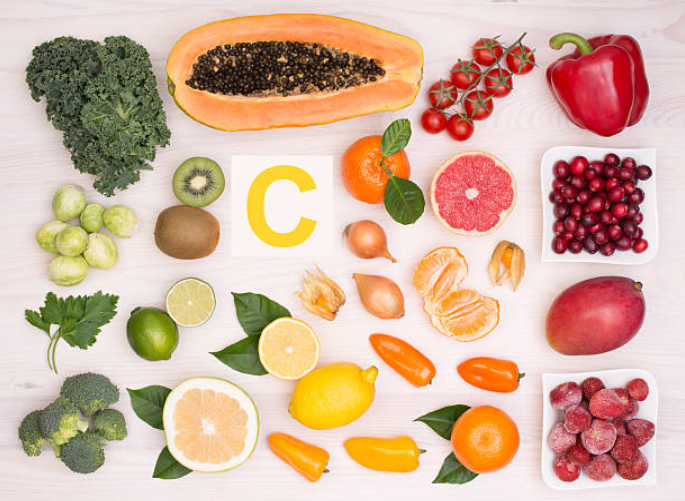We hear about vitamin C all the time every day. So, we don’t really know why, but as soon as a food contains it, it’s almost a guarantee of quality and health! But do you know the most famous of all vitamins as well as you think? Indeed, what exactly is it for? And why should we leave it a place on our plates? In short, we will explain everything to you and give you the list of the 10 foods that contain the most. Small spoiler before we start: orange isn’t even in the top ranking! However, citrus fruits are the very symbol of vitamin C in the collective imagination. Proof if any were needed that we don’t know it very well…
Vitamin C: a crucial role in the body
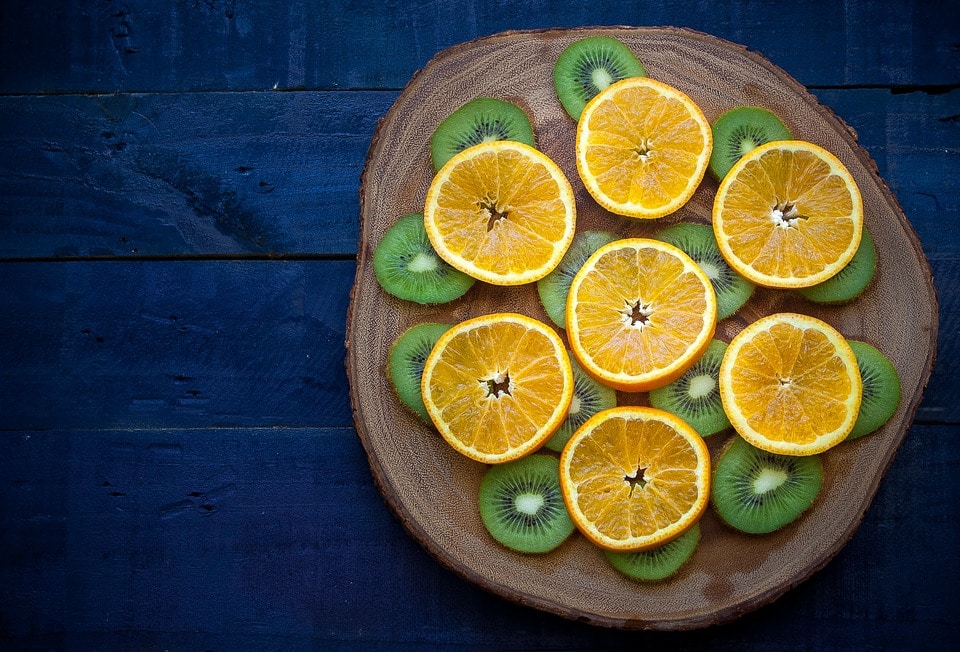
First of all, what we also call ascorbic acid is excellent for our immunity. Indeed, it helps the body to produce and renew white blood cells to help the body fight internal and external pathogens. Furthermore, this powerful antioxidant protects us from premature cellular aging and oxidative stress. These are the reasons why vitamin C is seen as a preventive element for Alzheimer’s and degenerative diseases, but also for cancer and cardiovascular diseases. Furthermore, our brain loves it, because it enables the production of crucial neurotransmitters for its proper functioning (dopamine, adrenaline, etc.). Finally, it helps our body to better assimilate iron. So they make a great combo! However, it also works very well in synergy with vitamin E, zinc and selenium.
If vitamin C is mainly recognized for its effects on immunity, it also has other often ignored and more surprising benefits. In fact, she helps with wound healing by stimulating the synthesis of collagen, a key protein for the structure of skin, muscles and bones. This function makes it a ally for skin healthin particular to also reduce the appearance of wrinkles and promote radiance of the complexion. Additionally, vitamin C plays a role in gum and tooth healthstrengthening dental tissues and preventing inflammation. Finally, his anti-inflammatory properties may benefit people with arthritis, helping to reduce joint pain.
Side effects of vitamin C deficiency and recommended dose
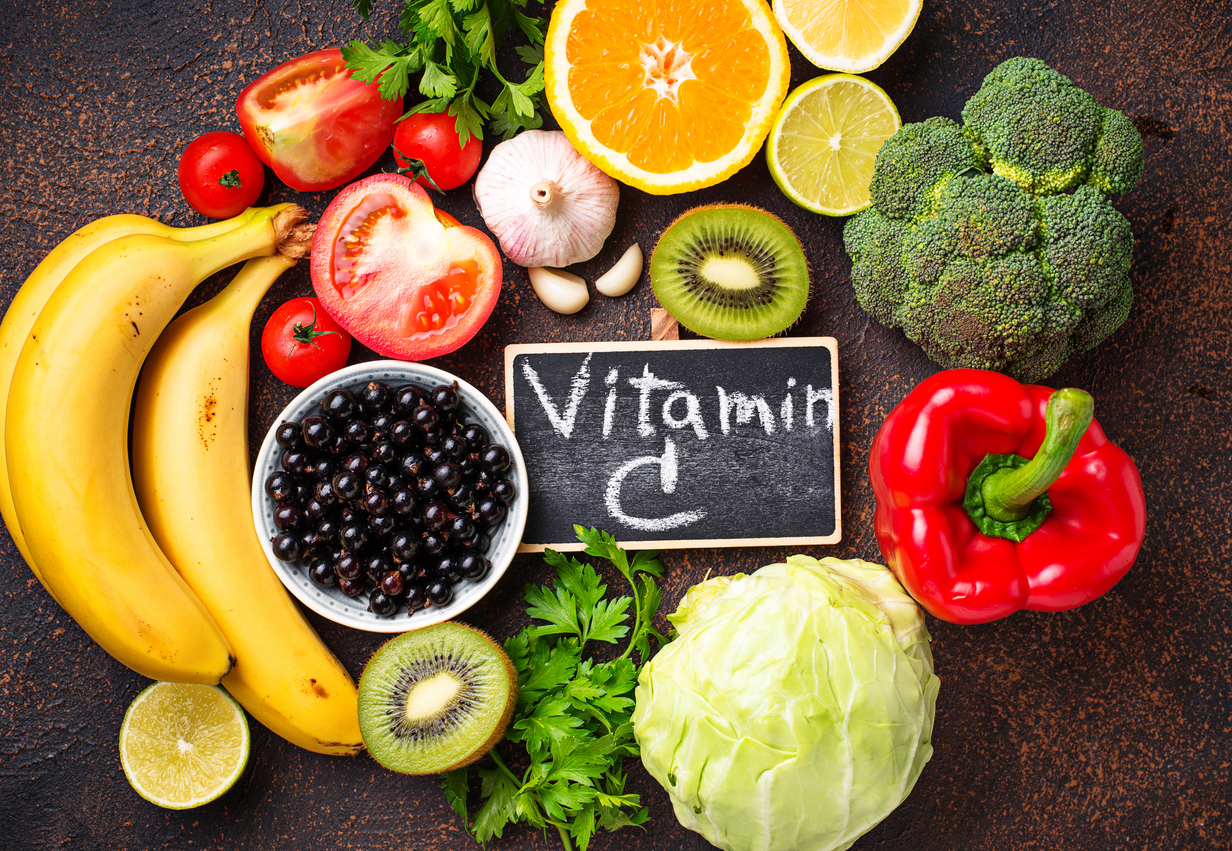
Vitamin C deficiency can have marked health effects, the best known of which is scurvya disease linked to a very low or non-existent consumption of vitamin C. Although rare today, it marks its return with an increasingly processed diet, and poor in fresh fruits and vegetables. This disorder causes fatigue, bleeding gums, loose teeth and joint pain. Other signs of deficiency include dry skin, brittle hair and poor healing wounds for example. Insufficient intake also weakens the immune system, increasing the risk of frequent infections. This highlights the importance of regular consumption of fruits and vegetables rich in vitamin C.
It is therefore advisable to consume the recommended daily dose of vitamin C. The latter varies according to age: approximately 90 mg for adults, 75 mg for adolescents and women, and 40 mg for children. In certain situations, such as pregnancy or smoking, needs may increase. However, an excess of vitamin C, often by taking food supplements without medical supervision and doctor’s advice, can cause digestive problems such as diarrhea and stomach cramps, especially above 2000 mg per day. Although the body easily eliminates excess vitamin C, it is best to respect the appropriate doses to avoid these side effects and make the most of its benefits.
And now, on to the top 10 foods richest in vitamin C!
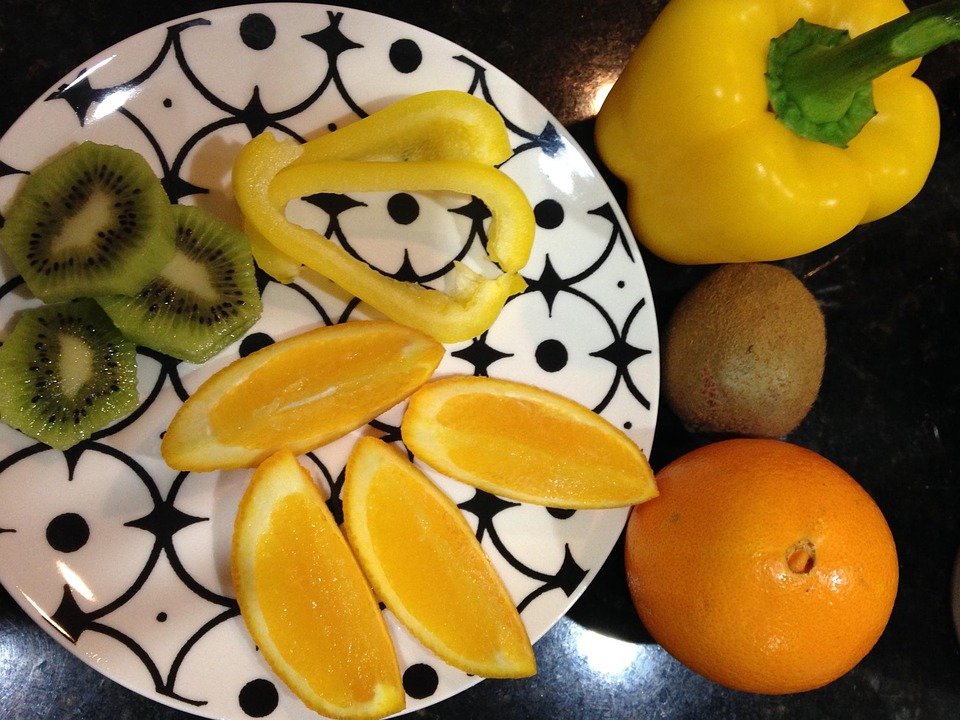
1) To start, guava
Here, 228 mg of vitamin C per 100 g of pulp… enough to make you want to know this fruit better!
2) Next, the yellow pepper
Color on the plate and 184 mg per 100 g of raw flesh (as well as 159 mg per 100 g of red pepper flesh).
3) Blackcurrant
181 mg per 100 g of blackcurrant
4) Then the parsley
Amazing, isn’t it? Count 177 mg for 100 g of fresh parsley!
5) And thyme
No less than 160 mg per 100 g of fresh thyme.
6) Horseradish too
152 mg per 100 g of root
7) But also kale
145 mg pour 100 g
8) Without forgetting that dear broccoli
106 mg per 100 g of well-cooked broccoli. For example, it offers 90 mg/100 g in puree!
9) Or Brussels sprouts
103 mg per 100 g on average
10) And finally the kiwi
Here, we will have 92.7 mg of vitamin C per 100 g of flesh. However, don’t hesitate to eat the skin as well for even more nutritional benefits!
Other foods rich in vitamin C to vary the pleasures:
Papaya: With around 60 mg per 100 g, papaya is an excellent source of this vitamin and it also provides beneficial digestive enzymes.
Strawberries: in addition to being rich in antioxidants and excellent for the skin, they contain approximately 59 mg per 100 g.
And khaki : This bright orange fruit provides around 66 mg per 100 g. To be devoured without hesitation in autumn.
Lychees: with 71 mg per 100 g, we happily invite this little exotic touch into our daily lives.
Red cabbage: this vegetable provides around 57 mg per 100 g and offers a vibrant color to dishes in addition to its antioxidants.
Pineapple: this tropical fruit which provides approximately 48 mg per 100 g and enzymes that promote digestion.
Snow peas (sweet peas): They contain around 60 mg per 100 g, are delicious raw and add crunch to salads. In short, they’re all good!
Spinach: although they are generally best known for their iron, they also contain around 28 mg of vitamin C per 100 g when raw.
The final word:
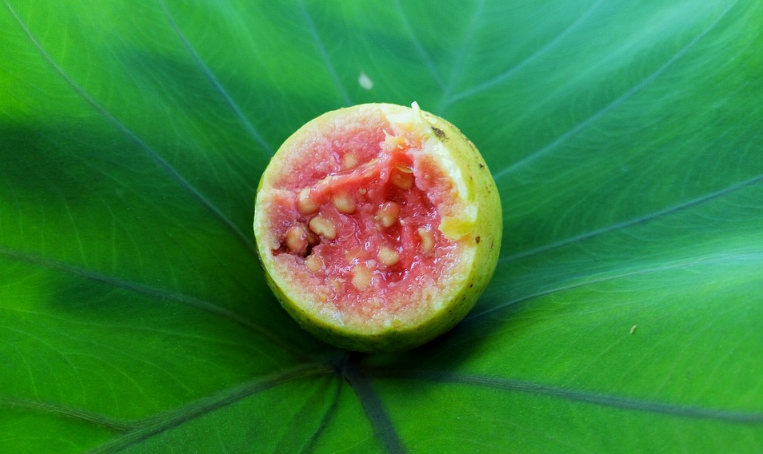
You will have understood, vitamin C is very important for our body. In fact, a deficit can cause general fatigueloss of appetite and increased risk of getting sick. To make the most of it, here are two tips. Already, vary the sources of vitamin C and don’t settle for the ones on the list. A varied diet is a key element to being healthy. And above all, promote gentle and short cooking to preserve this fragile vitamin. For example, opt for steam cooking instead! Finally, don’t forget that fruit juices, rich in sugar and vitamins, but also low in fiber, do not come close to a real portion of fruit.


